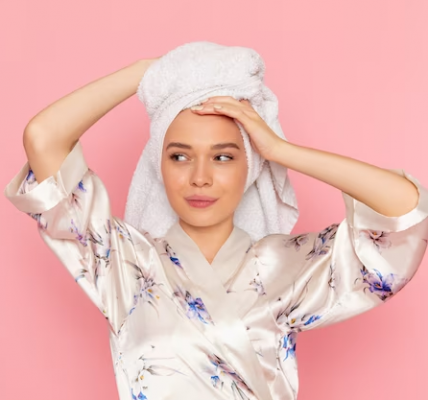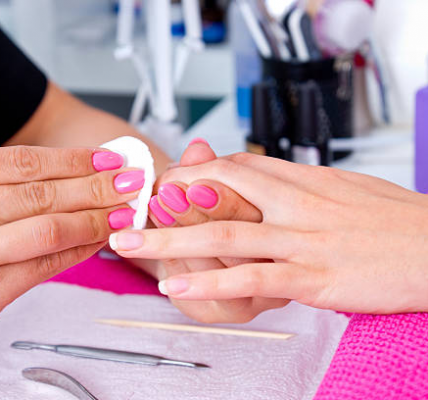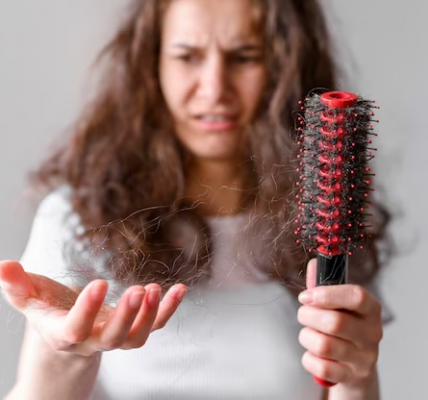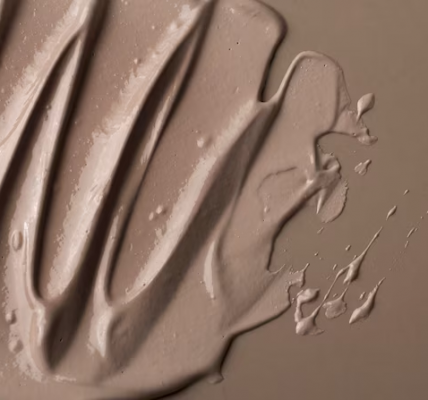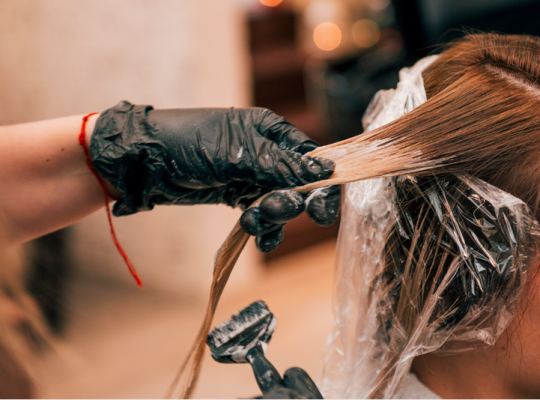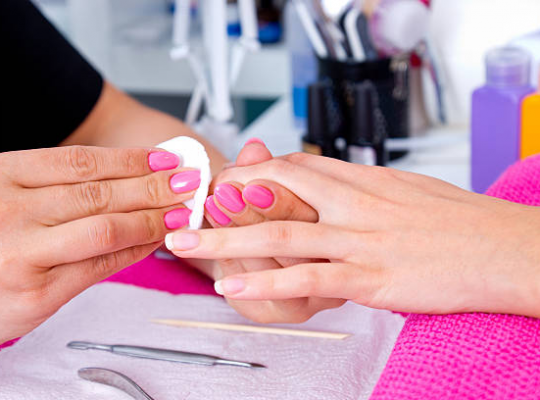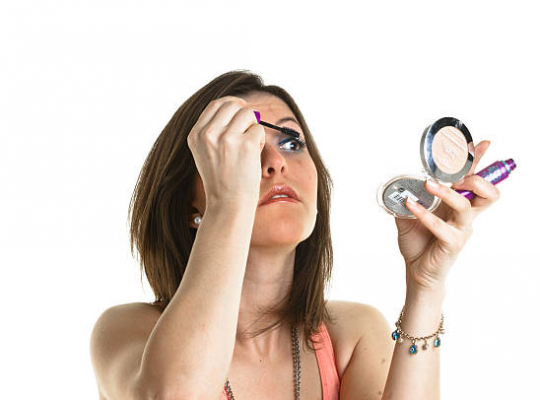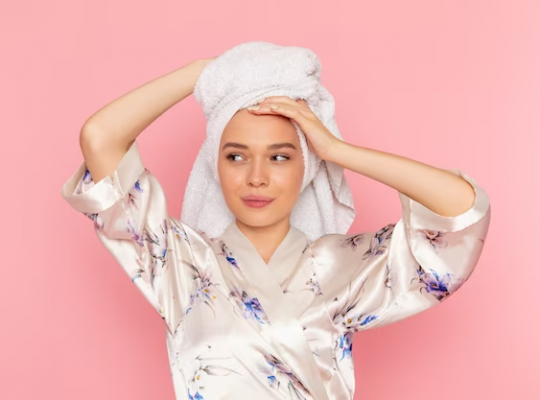Deciding to change one’s hair color is often fun and refreshing, but sometimes the result is not what we had in mind. Perhaps the color turned out too dark, too light, or an unwanted tone altogether. If that’s the case, you might want to strip the permanent hair dye from your locks without dashing to the salon. This comprehensive guide will walk you through removing permanent and semi-permanent dyes from your hair using color removers and natural methods, ensuring you get back to your desired hair color safely and efficiently.
Understanding Hair Color Removal
So, you’ve got a dye job you’re frantically looking to undo—what’s next? Hair color stripping refers to the process of removing unwanted or permanent dyes from your hair strands. The aim is to strip away the outer layer of color from your tresses to tone down or completely remove the hue. This can often be achieved using color removers, which are designed to shrink the dye molecules so they can be washed out of your hair.
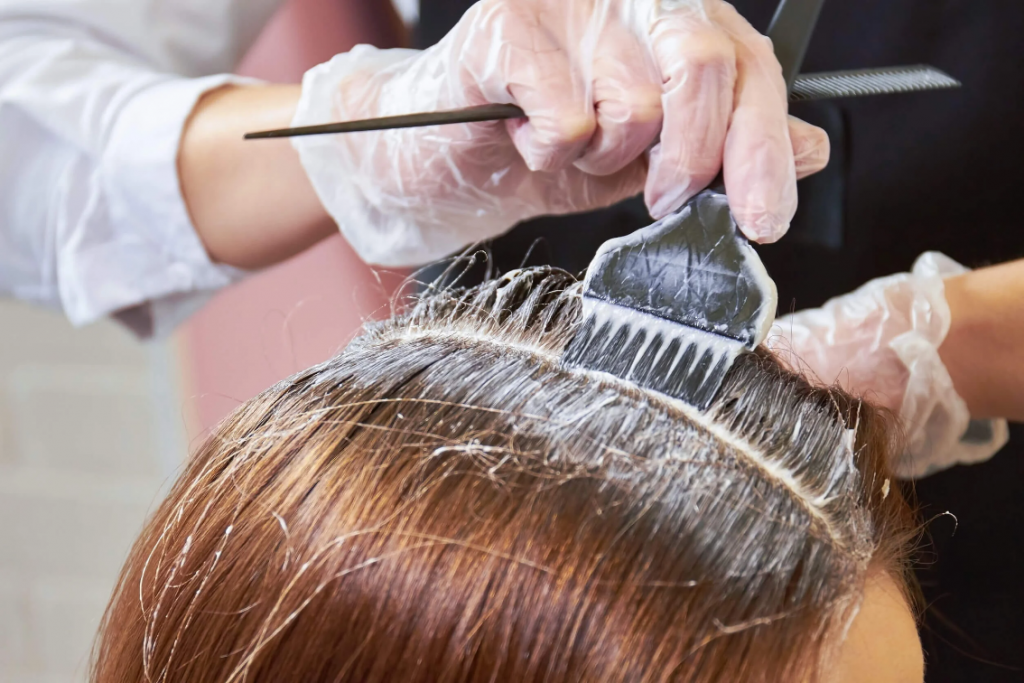
The Difference Between Color Stripping and Bleaching
While both processes lighten your hair, stripping is less damaging than bleaching. Bleach strips away natural pigments and typically alters the hair’s overall structure, making it more suitable for those wanting to go several shades lighter. On the other hand, color stripping is intended to remove artificial color only, not the hair’s natural pigment. This process may not work as quickly as bleaching and might take multiple sessions, especially when removing black or other dark permanent hair dyes.
Preparing to Strip Your Hair
Before beginning the color removal process, assess your hair’s condition. If you’ve been using dyes often, your hair might be more prone to damage, and therefore, you should proceed with caution. Always conduct a patch test with the color remover to ensure you don’t have an allergic reaction. Healthy hair with minimal previous coloring sessions will typically fare better during the stripping process.
Gather Necessary Supplies
Gathering the right supplies is crucial for successful hair color removal. You will need a color stripper suited to the type of dye you want to remove, gloves to protect your hands, a timer to keep track of processing time, and deep conditioning treatments to restore moisture afterward. It’s also good practice to have old towels and clothing that you don’t mind getting stained, just in case things get messy.
Choosing the Right Color Remover
When selecting a method for color removal, you have a choice between commercial color removers and natural ways. Commercial removers contain chemicals that can effectively strip dye molecules but could also cause damage if not used properly. Natural methods, like using vitamin C or anti-dandruff shampoos, help fade the color and are a more gentle alternative. However, DIY methods might not be as effective for stubborn colors and might need to be repeated several times.

Step-By-Step Guide to Stripping Hair Color
For those wanting quick and effective results, commercial color removers might be the best option. Here’s a simple way to use these products:
Step 1: Reading Instructions Carefully
Before you start, read the product’s instructions thoroughly. Each brand has specific guidelines that should be followed to ensure the best possible outcome and to reduce the risk of damaging your hair.
Step 2: Mixing the Remover
Using the gloves provided, mix the color remover according to the instructions. Ensure proper ventilation as some removers can release strong odors.
Step 3: Applying the Solution
Apply the mixture to your hair evenly, generally starting where the color is darkest. You might need a friend’s help to reach all areas and to ensure even coverage.
Step 4: Timing the Process
Use the timer to track the recommended processing time. Leaving the solution on too long could cause excess dryness.
Step 5: Rinsing and Aftercare
Once the time is up, rinse your hair thoroughly with warm water. Then, apply a deep conditioning treatment to restore moisture and shine to your stressed strands.
Natural Methods for Color Removal
Natural methods can also be effective, particularly for those with semi-permanent dyes or colors that have faded but lingered. Here are some popular natural solutions:
- Using Vitamin C – Crush Vitamin C tablets and mix with shampoo. Apply to hair, then cover with a shower cap before rinsing after an hour.
- Home Remedies with Baking Soda – Mix together baking soda and lemon juice or vinegar to create a paste, then apply to hair and rinse after several minutes.
- The Benefits of Anti-Dandruff Shampoo – Regularly washing with anti-dandruff shampoo helps to strip color gradually due to its clarifying properties.
Maintaining Healthy Hair After Color Removal
Following any color removal, your hair will need some TLC. Deep conditioning treatments will help restore lost moisture and give your hair the strength it needs after such a harsh chemical process. Look for treatments with nourishing oils and proteins that will keep the strands fortified and healthy. Natural oils can cause buildup, so clarifying shampoos could also be included in your routine to keep hair clean and manageable.
Tips for Avoiding Hair Damage
To avoid hair damage, don’t rush to repeat the color removal process too quickly. Give your hair time to recover and use protective care products whenever styling. Additionally, consider trimming the ends of your hair to prevent split ends and breakage. Regular deep conditioning treatments are also a must to maintain the integrity of your hair’s strength.

Conclusion
Stripping hair color at home can be a convenient and cost-effective way to fix unwanted tones or prepare for a new look. Whether you decide to use commercial color removers or opt for natural methods, always focus on maintaining healthy hair throughout the process. Taking care of your hair afterwards with proper conditioning treatments will ensure that your fresh start is not only vibrant but also healthy.
Comparison Between Commercial Color Removers and Natural Methods
Here is a quick comparison to determine which method works best for different types of color removal:
| Method | Effectiveness | Suitability | Procedures |
|---|---|---|---|
| Commercial Color Removers | Most effective for permanent dyes | Individuals looking for fast results | Follow package instructions |
| Natural Methods | Best for semi-permanent dyes or lightening dark tones | Individuals who prefer less damaging options | May require multiple applications |
FAQs
Q1: How long does it take to strip hair color at home?
A1: The time it takes to strip hair color can vary depending on the method used and the strength of the hair color needing to be removed. Generally, it can take anywhere from 20 minutes to several hours.
Q2: Can stripping hair color at home damage my hair?
A2: Yes, if not done correctly, stripping hair color can be damaging. It’s crucial to follow all instructions precisely and to condition your hair thoroughly after the process.
Q3: Are natural hair color stripping methods as effective as commercial ones?
A3: Natural methods can be effective, especially for semi-permanent dyes or to slightly fade color. However, they are generally not as powerful as commercial color removers and may require multiple applications.
Q4: How often can I safely strip my hair color?
A4: It’s recommended not to strip your hair color too frequently. If you need to repeat the process, it’s best to wait several weeks and ensure your hair is well-conditioned and healthy before trying again.
Q5: Will hair color stripping bring back my natural hair color?
A5: No, stripping removes the dye from your hair, but it won’t restore your natural hair color. After stripping, your hair will likely be a lighter shade or could have an unexpected tone, depending on your hair’s history with dyeing.

